I've spoken at length regarding my "Strong & Useless" rants when I see athletes who can set the records on the weight room wall but they can't last through a sports practice or they're always "hurt" but not injured.
I want to share with you a few tips that you can use with your workouts or with athletes you train that will have you feeling infinitely better in a very short time. Less joint strains, more athleticism and overall, more dangerous in your sport or work related field.
I no longer compete in wrestling but one thing that helped me feel healthier was to train MORE like an athlete and LESS like a meathead powerlifter.
I had to personally get away from always grinding with heavy weights. I lost flexibility, got injured more often and did NOT feel explosive at all. When a friend of mine was talking to me about this, I told him that the same holds true for far too many athletes.
I keep seeing athletes getting trained by their coaches and they are either following the same ol' squat, bench, power clean workout with NO REAL understanding of how technique should look like or how to safely & properly build athletes up to using these BIG lift. In addition, these Coaches are lost as to how to PROPERLY test athletes VS testing their 1RM every month, including incoming freshman.... which is, in a nut shell, dangerous and uneducated at best.
Speaking of technique.... More often than not, the power clean looks like some strange cheat curl + jumping jack + back bend motion. The coaches in these dangerous weight rooms don't have the knowledge to even realize this as being dangerous.... or downright wrong....
We also have the flip side to the Coach who is constantly pushing the 1 Rep Max Test....
We have the coaches who simply use circuit training and nothing else for training. Again, with poor, dangerous technique. The athletes go from this exercise to that exercise and repeat for 10 times and the weights are SO light that none of these athletes develop ANY useful strength what so ever.
Well, it is time for change. Change requires knowledge and an open mind, aka a white belt mentality. If a Coach doesn't want to learn then I can not help him. I've been training since 1989 and coaching since 1995. Every day I am studying in some shape or form at least 1 hour per day. And this is OUTSIDE of the gym.
The problem that bugs me is that in the end, it HURTS these athletes, they NEVER realize their true potential because they are stuck following a program that is dangerous and ineffective.
Seeing athletes succeed is near and dear to my heart, so when I hear of the horror story workouts they follow it seriously breaks my heart.
I've trained LOTS of BIG, Strong guys.... but they were absolutely useless when it came time to compete. I had to find a way to change this common theme of Strong & Useless.
It all began when a D3 Football Coach called me to ask me about 1 of his players. He asked me, Did he train with you? He said he trained with you. He can barely make it through a full practice and he is ALWAYS HURT.
This Football player could bench 315, squat and dead 405 but they he was WEAK mentally....
He was physically and mentally weak with anything that took him out of his comfort zone of lifting heavy barbells in the 1-3 rep range.
When we train athletes, we must also consider that we are preparing them not just for the competition itself, but for the rigors of the season, practicing 5 x week, competing 1 - 2 x week and then we have the emotional rigors of sports.
Training MUST prepare the athlete for ALL of these things which means training the body AND mind.
This Football player struggled with our warm up with the basic bodyweight movements such as push ups, lunges and simple animal crawls. They also got hurt by doing Simple tasks such as deadlifting the farmer walk bars that were only 110 lbs in each hand.
How does an athlete struggle with calisthenics yet can bench 315 and squat 405?
The answer is this:
- The athlete was not trained through a proper foundational system that progresses them through calisthenics to dumbbells, kettlebells, bands, sleds and then down the road, eventually a barbell.
- Athletes need progressions and regressions, which is what I teach in The Underground Strength Coach Cert. It is what Joe Kenn teaches in his Tier System.
We have trained COUNTLESS athletes who weigh 110 - 120 lbs and they can farmer walk the 106 lb kettlebells in each hand. Many can do more. We've built them up to carrying over 100% of their bodyweight in EACH hand.
They were safely built up to carrying heavy loads. Building an athlete is similar to going to school. We start in pre school, then elementary school, middle school, high school, college, etc. This is how you want to organize your training and coaching.
What are the beginner / foundational exercises? Intermediate exercises? Advanced exercises?
Matt Wenning & Discuss program design progressions and regressions here:
Strong and Useless occurs when there is no athleticism behind the strength.
If your training program looks like a modified powerlifting program, you are a step in the right direction but you MUST add more.
- First off, athletes are NOT powerlifters.
- Not all athletes LOVE lifting like powerlifters do.
- Athletes do NOT have the emotional readiness of powerlifters and hence respond differently to heavy weights, grinding reps, etc.
Steps in the right direction would be an athletic based warm up. Incorporate jumps and sprints, crawls, calisthenics, bands and med ball throws.
Once I saw how the bigger Football players were struggling with calisthenics, sleds, kettlebells and all around GPP, I decided to focus on attacking their weak areas. They would train with barbells in their high school weight room, and at The Underground, we had to train them differently.
We got rid of the excuse of being too heavy or too big to jump, throw, sprint, climb rope, etc.
We had a 275 lb lineman climbing rope, jumping rope, jumping on large boxes and performing handstand push ups. As Coaches we decided that everyone was going to be agile, mobile and hostile, regardless of how big or small they were.
NO excuses.
For your own training, start implementing some form of speed / power before each workout or as separate workouts.
- Various Short Distance Sprints
- Various Jumps & Plyometrics
- Various Med Ball Throwing
Take these videos and tips and put them to use.
If you train athletes, then focus on athleticism. You must blend strength with power with functional muscle and overall, the ability to move! Your ultimate measure of the athlete is how he / she performs in sports, not what their 1 RM is in the barbell lifts.
Ultimately, You'll be developing more athletic, more explosive and healthier athletes by adding the athletic style of training to the basic barbell lifts.
Live the Code 365
--Z--
The Underground Strength & Sports Performance Manuals
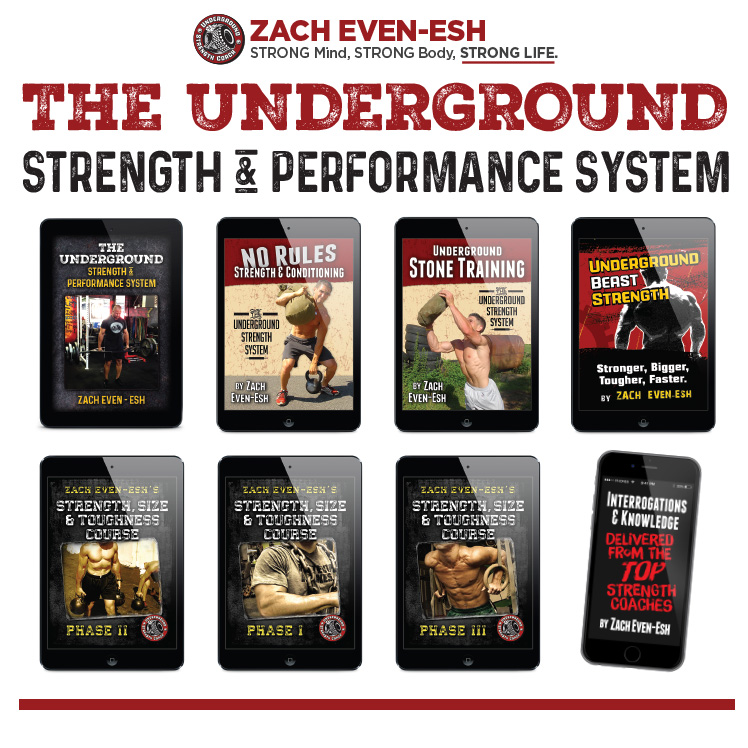

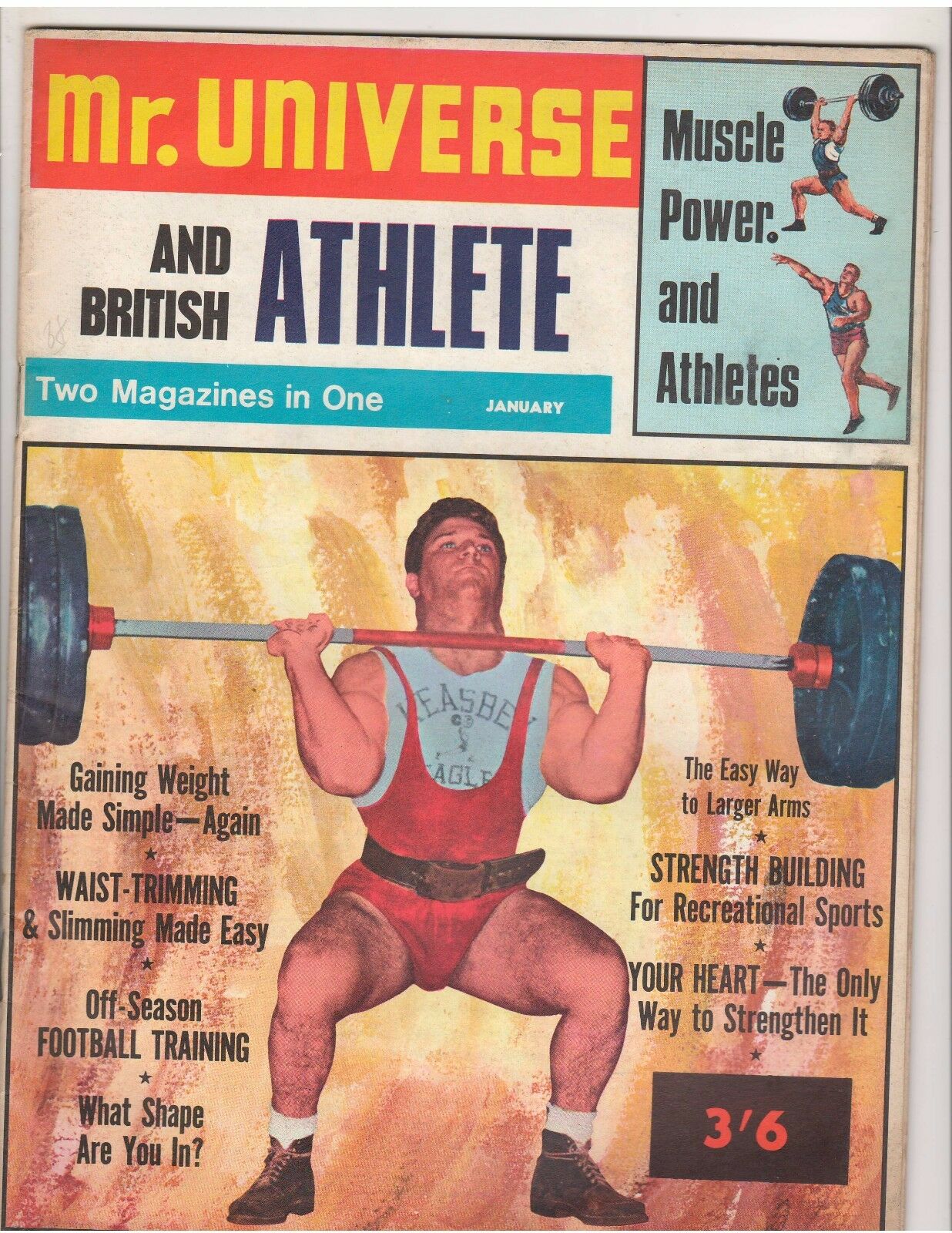
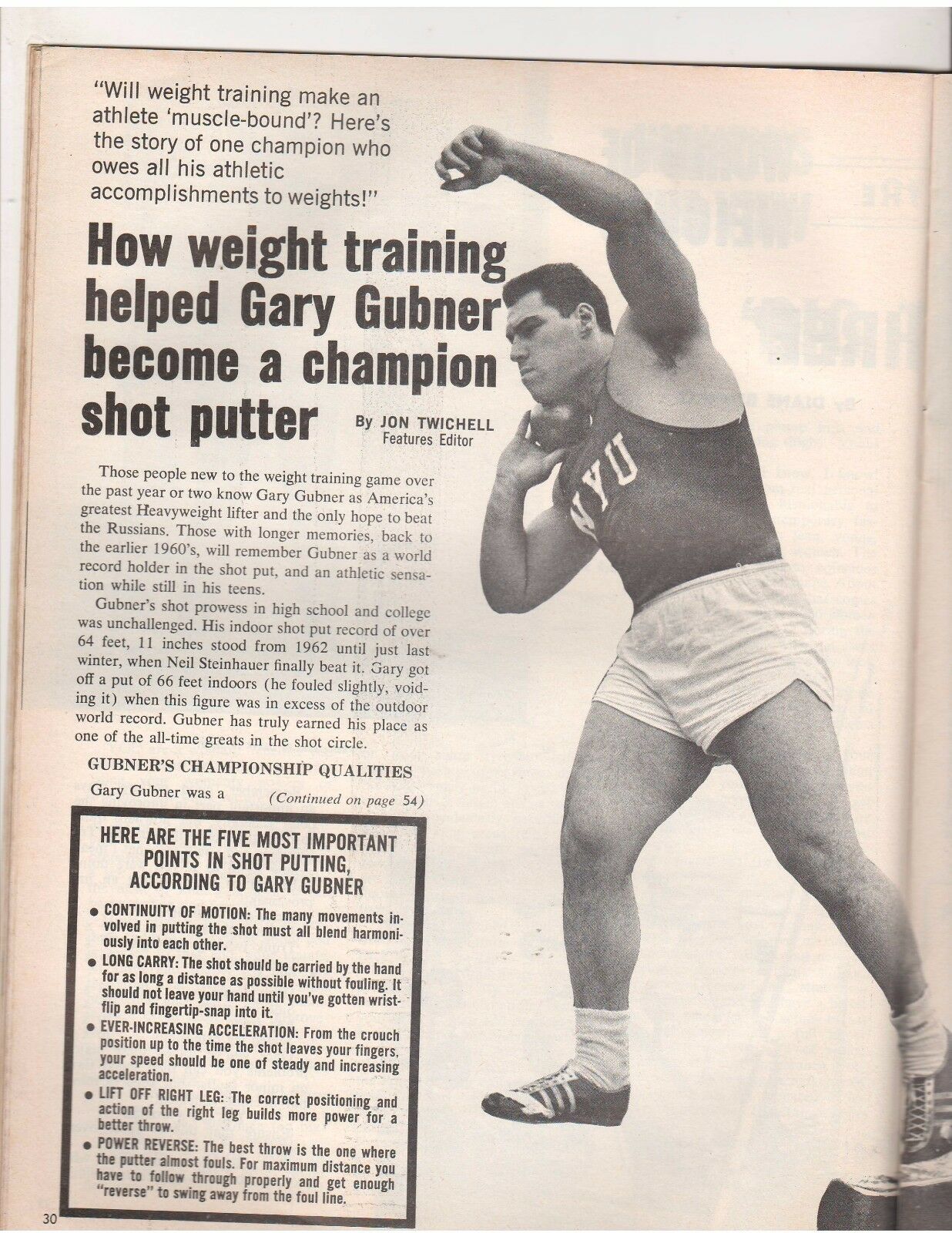
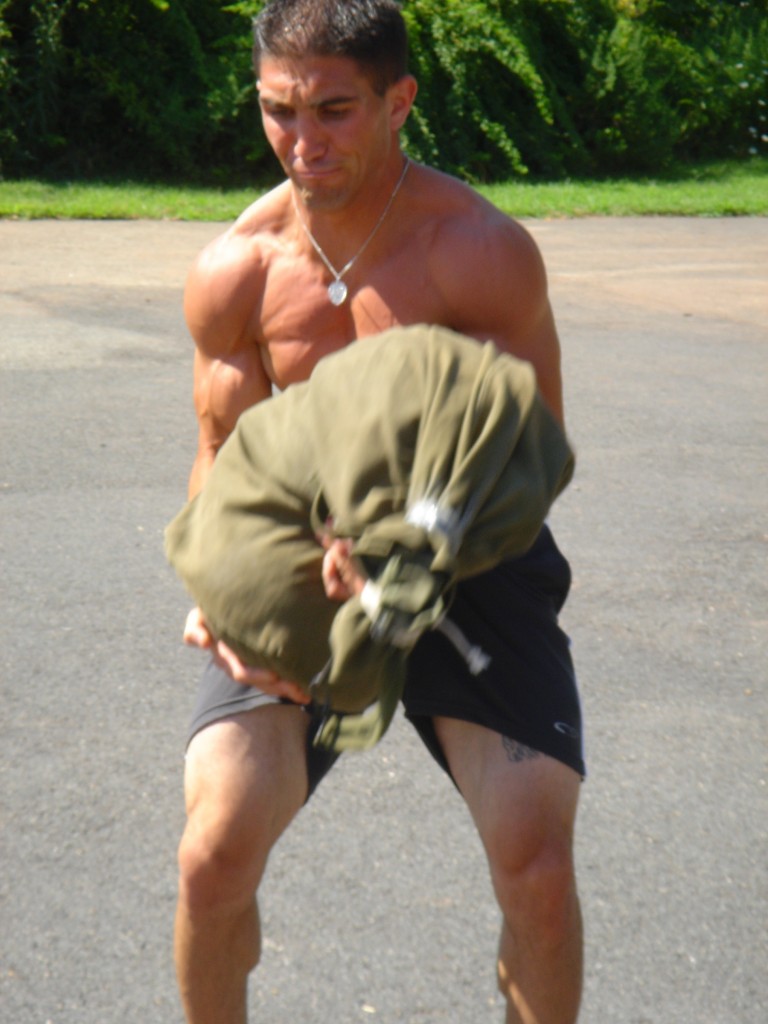
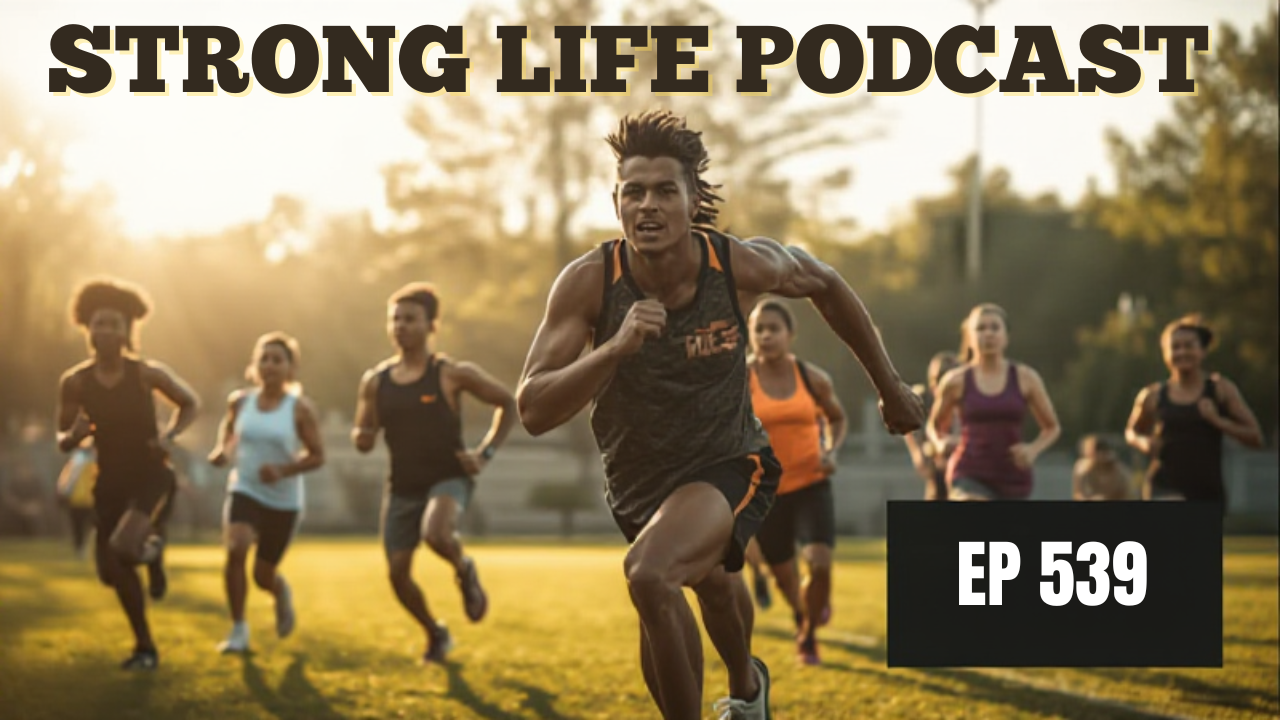
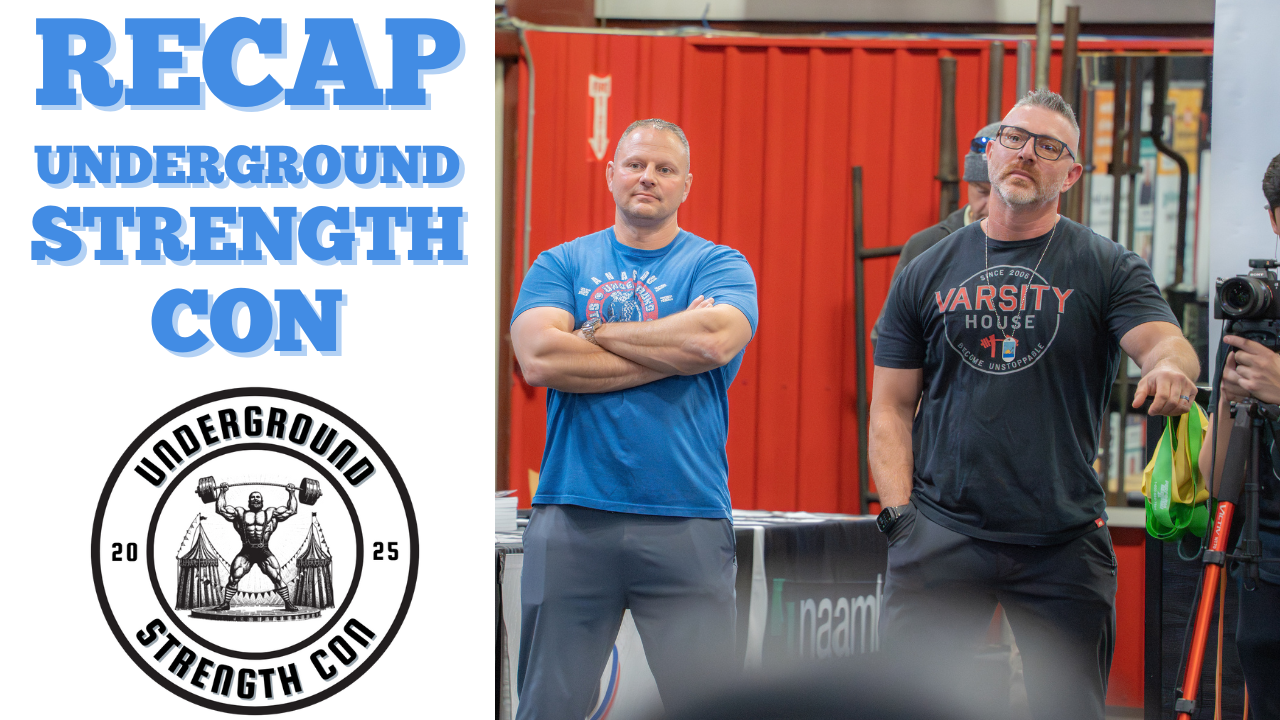
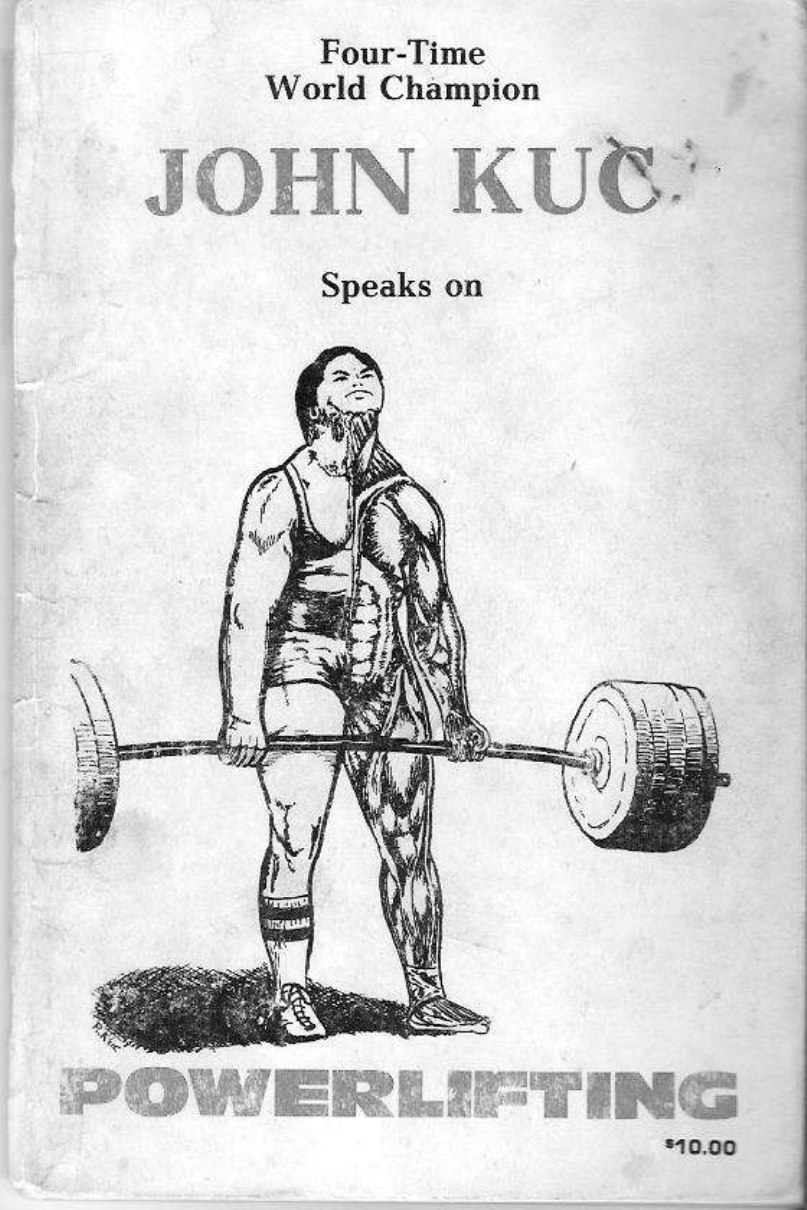
12 Responses
Zach, what I don’t quite get is *why* those coaches let their athletes always do the “same old stuff”. One would think that in the last 30 to 40 years, quite a bit of research was done in the field and at least some of it should filter down to the practitioners.
Doesn’t it or do these coaches simply ignore improved methods, because “we always did it that way”?
@Evilcyber: It’s not ALL Coaches, but those that tend to be stuck in their egos and NOT accept help, even if it is for the better of their athletes, are high school football coaches
not ALL, but many…. such a shame
Functional strength is the key to success. A balance of being strong, flexible and fit should be the goal of every athlete or regular bloke.
@Niko: TRUTH, homie
too many focus on only one trait…. strength….. or ….. muscle building… athletes need it ALL…
Thanks, Zach! You inspired me! Yesterday, thanksgiving day, I woke up at 5:30am and trained hard and effective, but also plenty of bodyweight work, too along with a clean and jerk and overhead squat. Man! I didn’t realize how much I should be doing Olympic lifts. They are tough!
I Went out of my comfort zone this time! I hate training early andI have always been afraid of OLY lifts. I used to think that bodyweight exercises are for weaker people. At least until I found your site! Now I add in at least two bodyweight exercises each workout.
Keep being hardcore and inspirational, Zach!
Life is better when we Lift AND LIVE outside of our comfort zone.
Even if we use the OLY Lifts with lighter weights, I love them 🙂
Hey Zach Happy Belated Thanksgiving. You are right on man. This reminded me of something Pat Tillman said God rest his soul. An interviewer once asked him how many times can you bench 225? He laughed and said “Like dude, I max that then I rack it.” Yet you know what a beast he was. In my case, I wasnt an elite athlete when I was little but I could hold my own. When I started lifting weights on my own and poor form I injured my hips and bad, still recovering from it. I could feel my athletcism slipping. But there were moments when a simple game of catch brought me back and I said to myself this is what its about. Not to say I dont lift weights, but like you I believe you have to do bodyweight stuff and you gotta play any sport. Do that and one will be set for life.
Joe, always work around injuries. Injuries teach you to train smarter and do research.
Pat Tillman was an absolute savage, a TRUE AMERICAN HERO!
You might enjoy Bodyweight Bodybuilding or STRONGER Over 40.
Email me any questions, anytime.
https://marketplace.trainheroic.com/workout-plan/program/even-esh-program-1650499962?attrib=1266-email
https://zacheven-esh.com/bodyweight-bodybuilding/
If you want to look and perform like an athlete you got to train like one. Agree that athletes need to do movements that closely relate to their sport. But not only that, “their position as well”! Thx Zach
Yes, I’ve trained athletes who fell in love with lifting / training but did NOT do enough sports skill work, in turn, they did not achieve potential! You need to do ALL the things that support your sport, sports skill being the priority!
Always great advice from the trenches!
Thanks, Zach!
As always, thank you for being the ultimate supporter, Frank!!!